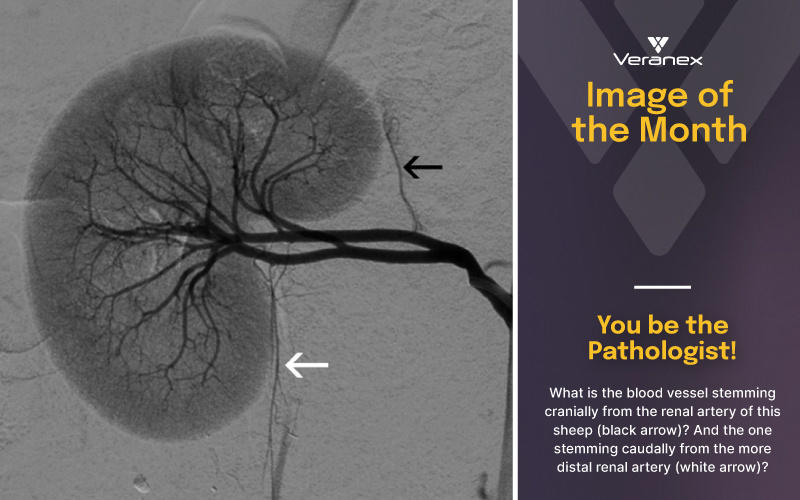1 min read

Traditional CROs fragment device development with costly hand-offs and learning curves. Veranex unites the essential disciplines for medical device & diagnostic development under one roof from sketch to evidence-generation to market launch.
All connected. All aligned. All accelerating your path to market—delivering breakthrough devices and diagnostics that improve patient lives sooner.
Breakthrough innovation requires more than great solutions; it demands deep expertise and insight. Veranex packages outcome-driven solutions with 25+ years of specialized knowledge across major medtech categories, delivering integrated capabilities that solve your most pressing challenges faster and with greater certainty.
Purpose-built solutions. Proven results. User & Patient-centered innovation.
Whether you're transforming patient care or disrupting entire therapeutic categories, innovation requires more than great science, it demands velocity. Veranex was founded to bridge the gap between visionary concepts and market reality, combining proven expertise with agile execution to accelerate the innovations that matter most.
We are the Innovation CRO.
Legacy of excellence. Proven execution. Patient impact accelerated.

BE OUR VALENTINE!
We present to you this Valentine artery that was observed inside the brain. While we know well that the heart and brain are connected in matters of love, are there other heart-brain connections and could they have important implications for our health?

ANSWER
For a very long time, the connection between the heart and the brain was understood to be a master-servant relationship in which the brain would give orders to the heart and the latter would simply respond as directed. Recently, however, a deeper heart-brain connection has been recognized, relating cardiac events to emotional stress and even vice-versa. Indeed, in the last decades, emotional stress has been highlighted as a key risk factor for heart attacks. A recently discovered cardiac disease, the Takotsubo cardiomyopathy, also known as the Broken Heart Syndrome, is a perfect example of this heart-brain connection. It is defined as reversible ventricular dysfunction in the absence of coronary artery disease. One-third of affected patients cited sudden and clear emotional stress1. It is proposed that emotional stress leads to the activation of the sympathetic nervous system by the amygdala, stimulating the production of pro-inflammatory cells that may trigger heart attack, stroke, or sudden death2.
Sending you and your loved ones good cheer and best wishes for Valentine’s Day!
1Ghadri JR, et al: Long-Term Prognosis of Patients with Takotsubo Syndrome. J Am Coll Cardiol 2018 Aug 21;72(8):874-882.
2Miller M: Emotional Rescue: The Heart-Brain Connection. Cerebrum 2019 May 1;2019:cer-05-19.
HE&S, Original magnification: x20, Scale bar: 50 µm
Le cœur a ses raisons que la raison ne connaît point. (Blaise Pascal, Pensées, 1669).